A few words about Easter
In Christian countries, Easter is one of the biggest and most important religious festivals to commemorate the resurrection of Jesus from the dead. Accordingly, Jesus was convicted and crucified on Friday. Three days later, on Sunday, Jesus was resurrected.
Like the Vietnamese New Year and other countries that use the lunar calendar, Easter does not have a fixed date but changes every year, usually falling in March or April. Coincidentally, this is also the time when spring begins in the Northern Hemisphere, so Easter is sometimes considered an event that marks the arrival of spring.
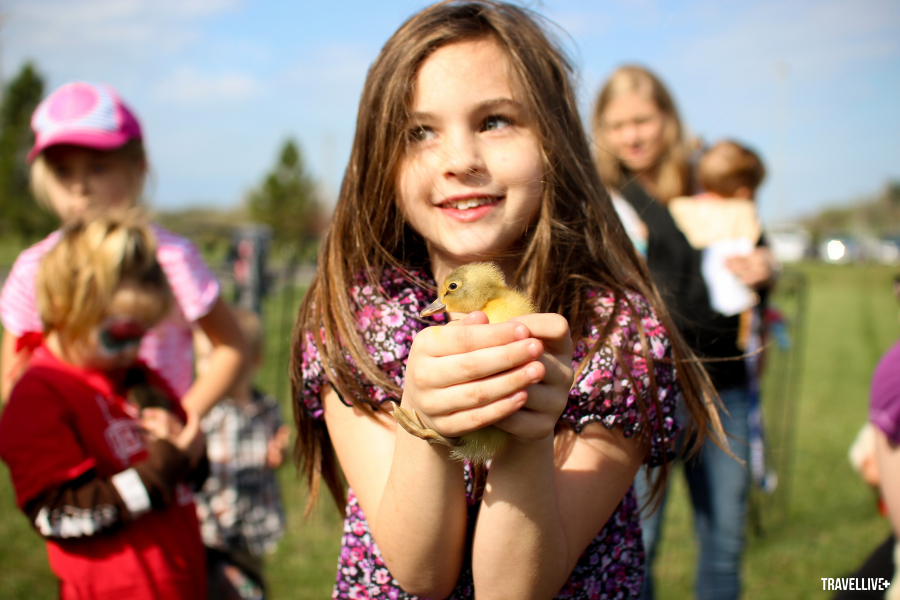
If in countries that respect Christianity such as Spain, Italy or South America, Easter is an occasion for people to show their devotion to God with many religious activities, then in Northern Europe, especially Norway and Sweden, the two countries where I have studied and lived the longest, Easter has a completely different nuance. In pious families, the implementation and observance of Easter rituals and customs are still maintained every year.
However, with the majority of the population following Lutheranism, atheism or other religions (Islam, Hinduism, Buddhism, etc.), Easter in Northern European countries is increasingly more traditional and relaxing than the original religious meaning. In the eyes of a Vietnamese expatriate (and atheist) like me, I would like to boldly call it an atheistic Easter in the land of blond hair. Except for the main days of Easter, on other holidays, related activities are gradually more traditional and repetitive than containing other meanings.
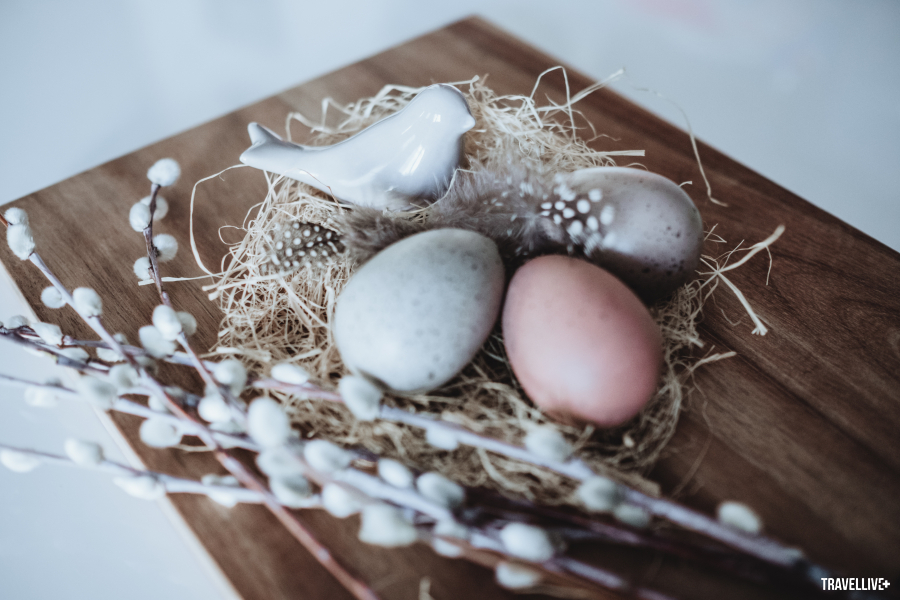
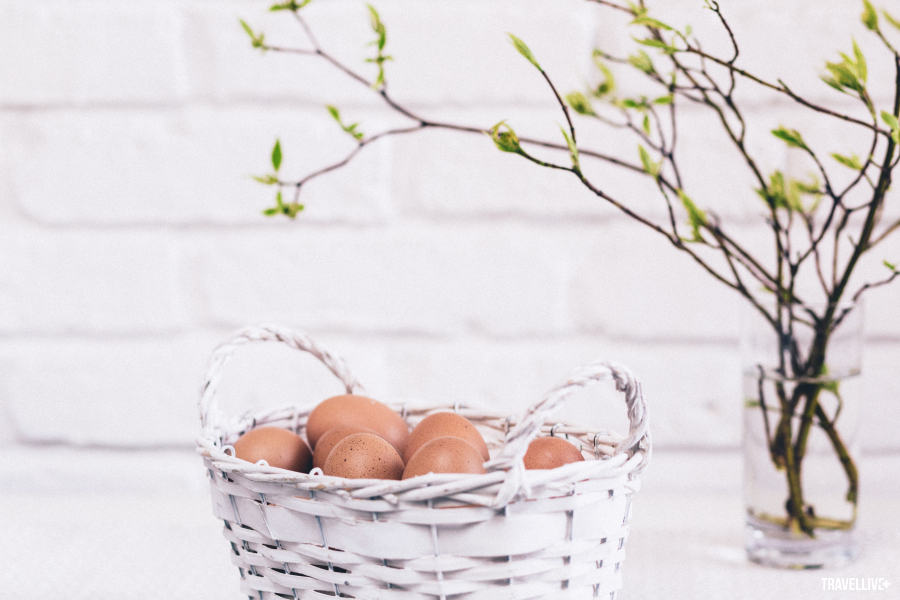
Swedes and Norwegians both eat delicious semla (or fastelavenbolle in Norwegian), but not on Fat Tuesday, but any day they want. In Sweden, it is also a tradition to get on a sled and slide downhill, hoping that your luck will match your slide and climb higher in the new year!
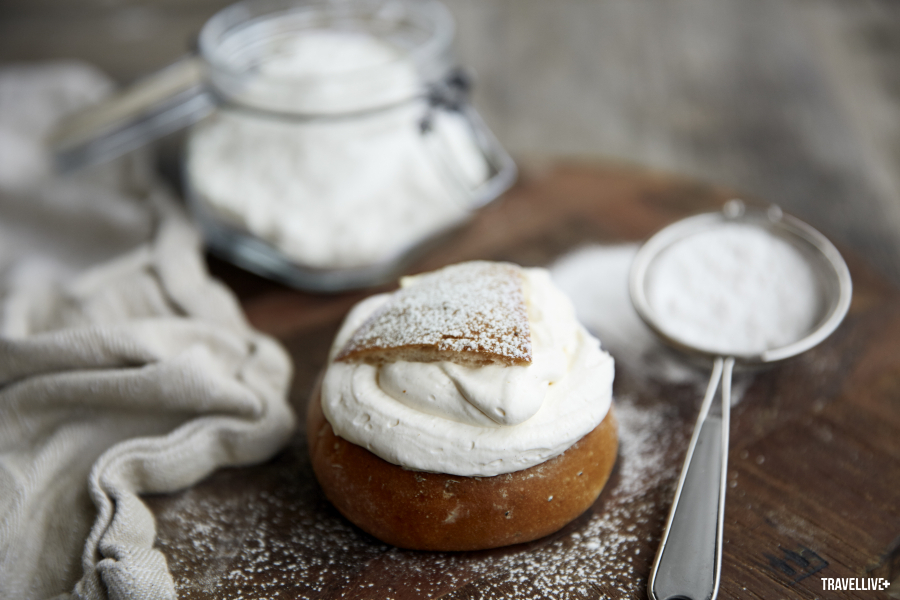
On Holy Thursday (or Holy Thursday in some places), people abstain from cutting wood because they believe it will cause Jesus to suffer more. Traditional Swedish culture believes that witches in the forest will fly away to find their mate, the devil who lives on Mount Blåkulla. Therefore, people will paint crosses on their front doors and hide all… brooms or rakes in the house so that witches cannot… borrow theirs.
Easter bunny, Easter chicken and Easter eggs
The rabbit is an ancient Celtic symbol of the goddess Ostera. In addition, the rabbit in European culture, especially Central Europe, is also a symbol of fertility. When Germans immigrated to America, they brought both European culture and the image of the Easter bunny with them. In America, the wild rabbit transformed into a domestic rabbit, but the tradition of hiding eggs in the garden for children to find remained.
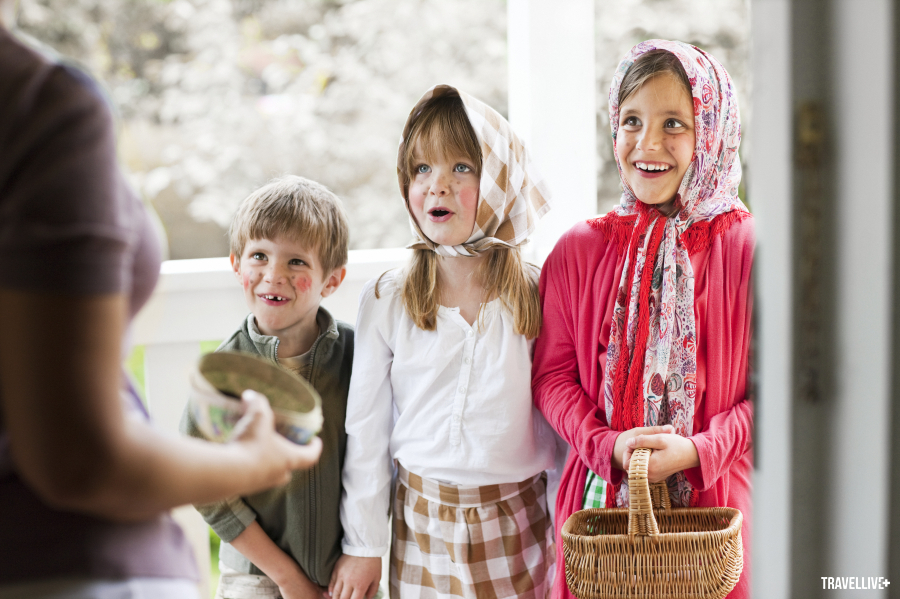
Today, the Easter bunny holding a basket of chocolate or real eggs decorated with colorful decorations is more of a commercial symbol than a cultural and religious symbol. However, Easter would probably never be complete without the Easter bunny and Easter eggs.
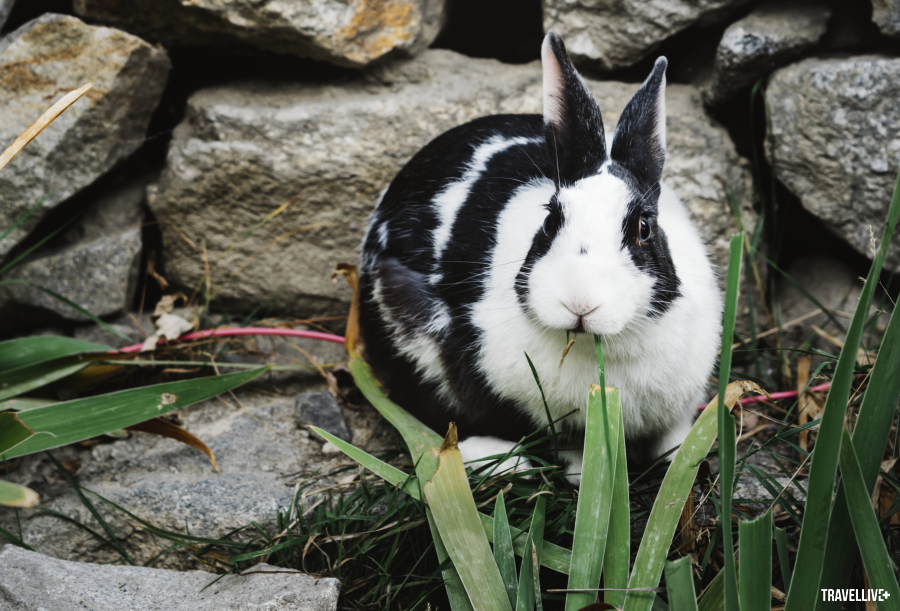
If the Easter bunny is a symbol that spreads throughout Europe and even to America, then the Easter chicken is a purely Nordic symbol. One of the familiar Easter motifs of the Viking descendants is the image of a golden downy chick with a tiny pink beak. These are also two popular colors for Easter here. According to the concept of the Nordic people, chickens and eggs are symbols of a new life. During Easter, chickens are also a symbol of resurrection. The image of a chick pecking out of its shell to emerge symbolizes Jesus' resurrection.
In addition, chickens and eggs are also signs of spring. The bright yellow feathers of chicks also symbolize the sun – one of the important symbols of the Northern Easter season.

Easter in the hytte and on the snowy mountains
According to Norwegian vacation days, Easter is one of the rare occasions when employees get five consecutive days off. If you are willing to spend more, you can take three days off before that, combined with two more weekends, for a total of ten days of spring vacation.
If Christmas is an occasion for families to gather together after a long year of being scattered all over the place, then Easter is both an occasion for family reunions and an occasion for people to “escape together”. Norwegians have two popular schools of Easter: in cozy hytte houses, or in the mountains for skiing.


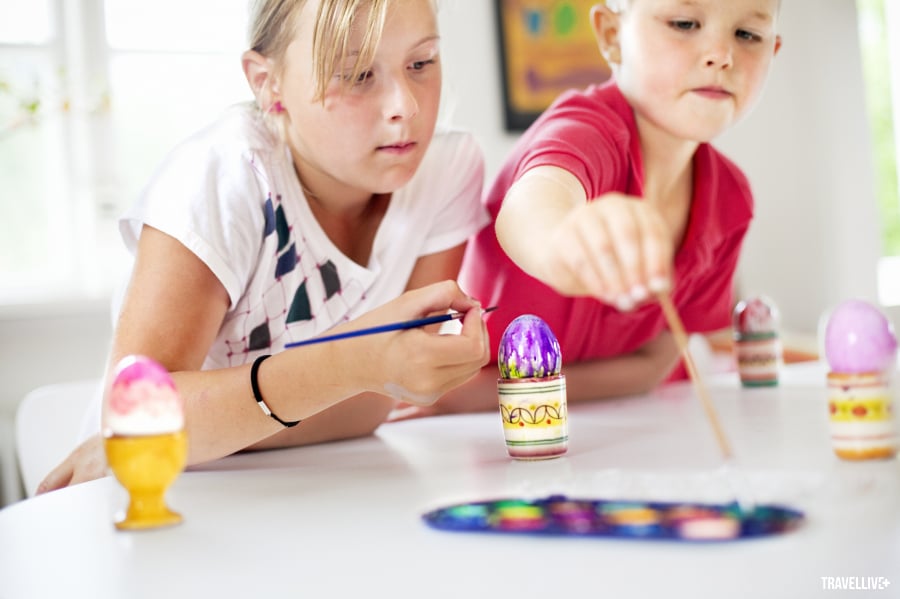
The summer hyttes, which had lain dormant during the cold winter months, began to spring to life. The owners of the hyttes began to sweep and clean, and to light the fire. When the wood was warm, the house was warm, and a faint smell of smoke began to permeate the air, it was time for the peaceful Easter holidays to begin.
In the hytte, the whole family will gather together to play group games such as Uno, Monopoly and especially Yatzi - a popular game every Easter season in Norway (I have no idea how this game is played). In addition, one of the national hobbies of Norwegians during this time is... reading stories or watching detective movies. Easter is an opportunity for publishers to make a lot of money thanks to detective novels with a Nordic Noir flavor and TV stations to continuously broadcast suspenseful crime movies. Every year, at this time, my German language skills from four years of university are polished for a few days thanks to the famous German Detective Derrick series from the 70s.
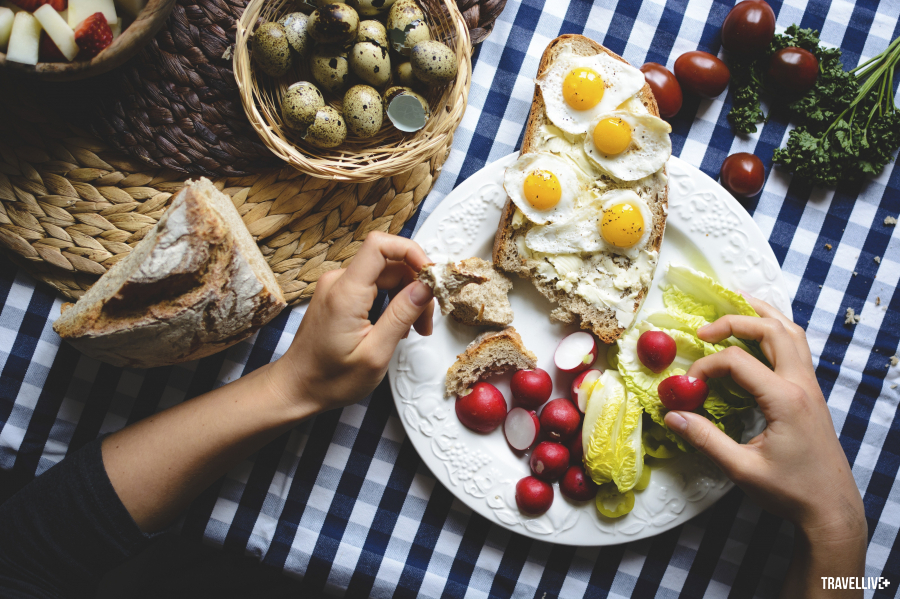
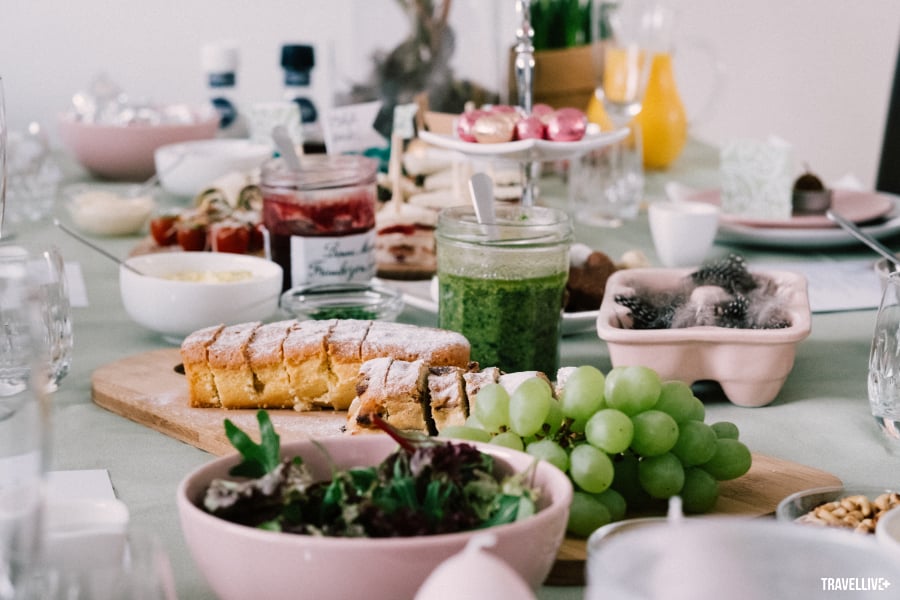
People also take advantage of skiing, especially in the mountains of eastern and northern Norway, where snow is still thick even though spring has arrived. And to easily combine skiing and hytte, people often build hyttes near ski resorts, or if they don't have enough money to build several hyttes scattered everywhere from pine forests to high mountains, the simplest way is to... rent a hytte right next to the ski resort.
The rent for such a hytte is usually quite high, and the hytte is also built in a modern style, like a detached apartment, instead of the traditional hytte built of raw wood. To have a truly Norwegian Easter holiday, people are free to splurge a little, and then after the holiday is over, they are busy with the cycle of making a living and... paying off the bank loan for the excessive expenses during the holiday!
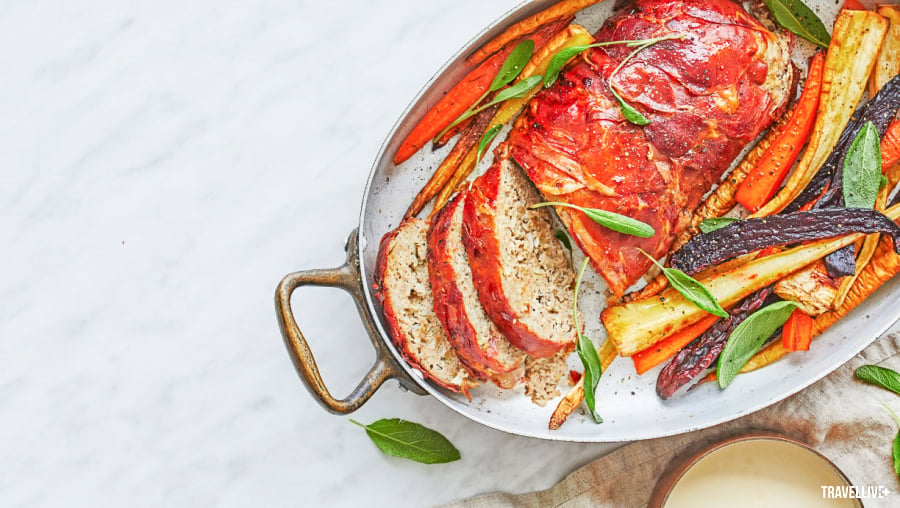
Freckled Witch or Easter Style Halloween
If Halloween is a commercial American-style festival that has only been introduced to Europe in the last ten years, then Swedish Easter, in my opinion, is the purest and most meaningful Halloween for children.
On this day, children will dress up in old costumes, colorful headscarves, and be made up with rosy cheeks and black freckles. They transform into cute little witches, and in groups of two or three, they will knock on doors from house to house in the neighborhood. At each house, the “little witches” will show off a few of their drawings in exchange for candy from the homeowner. This candy is usually contained in a giant Easter egg made of cardboard, beautifully decorated with colored paper and paint.
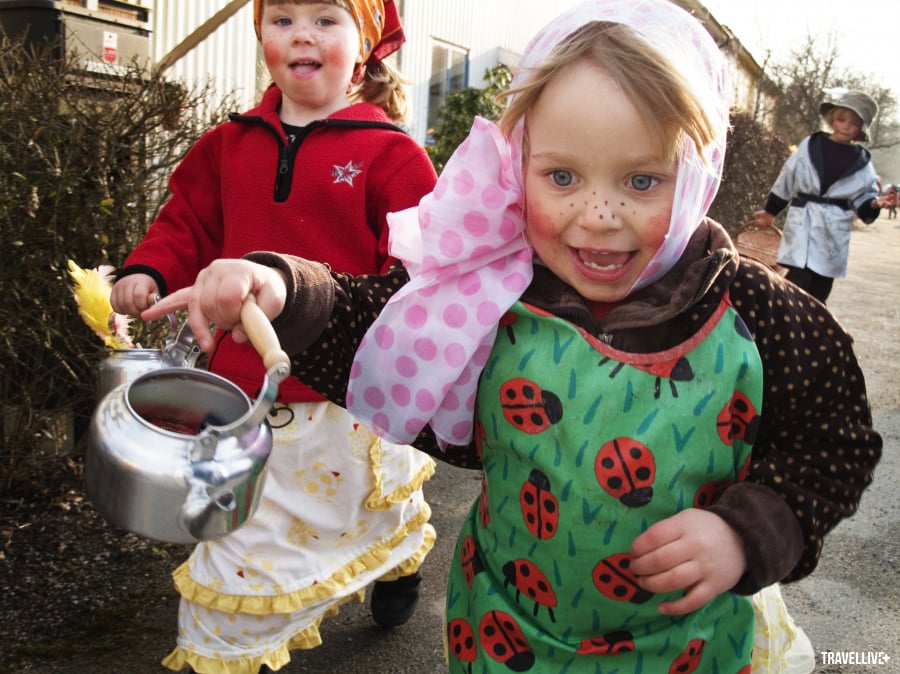
When they get home, the little witches and wizards are sent by their parents to continue looking for Easter eggs around the garden. The children will have to solve puzzles and follow different clues to find the Easter eggs that have been secretly placed by the rabbit (or parents, grandparents) somewhere in the garden full of new flowers and grass.
Easter table in the land of blonde hair
Just like all special holidays in different cultures, each holiday has different dishes, both symbolic of the occasion and in accordance with the season. The same is true of the Easter table in the land of blond hair.
Topping the list of the most popular and consumed foods during the five days of Easter is… chicken eggs! Last year, an estimated 21 million eggs were consumed in Norway. With a population of around 5 million, it is estimated that each person eats four eggs, equivalent to one egg per day. On the first Sunday of Easter, everyone must have a portion of soft-boiled eggs for breakfast. Besides eggs, chicken and lamb are two popular ingredients for Easter dishes. However, when it comes to Easter cuisine in Norway, there is probably nothing more unique than “muppet”!


“Fake rabbit” (forloren hare in Norwegian) is one of the traditional Norwegian dishes that is in danger of being forgotten. The name “fake rabbit” is quite literal, meaning rabbit, but… not rabbit, but… “fake” rabbit meat. The way to make this dish is not complicated, simply ground beef or pork is stuffed with spices and potato starch, then shaped into blocks like bread loaves and baked in the oven.
When the baking is almost done, people add more broth mixed with fresh milk to the tray and continue baking until the meat is golden and the broth has thickened. “Fake rabbit” is usually served with potatoes and stewed vegetables along with sweet and sour lingonberry jam. It is such a simple dish, but today it has almost completely disappeared from the Norwegian Easter table, and is almost impossible to find in supermarkets. If you want to eat it, you have to go into the kitchen and prepare it yourself.

In Sweden, on the Friday after Jesus was crucified, it is traditional for people to wear black, eat salty food, and not drink water. This is to commemorate Jesus’ suffering and sacrifice. Three days later – Sunday – is when the feast begins. Similar to Christmas dishes, Swedes can’t seem to have a meal without meatballs and prince sausages. Along with that are salted herring, chilled salmon, baked potatoes and onions. Easter dinner will include roast lamb and baked potatoes with cream. That’s all there is to eat, but of course there are shots of strong alcohol to help wash down the large amount of cream and meat!
This Easter, my family and I decided to take a road trip along the west coast of Norway to visit my in-laws. I might as well learn from my mother-in-law the best recipe for the upcoming Easter “mock rabbit”.



















.jpg.jpg)

.jpg.jpg)




.jpg.jpg)







